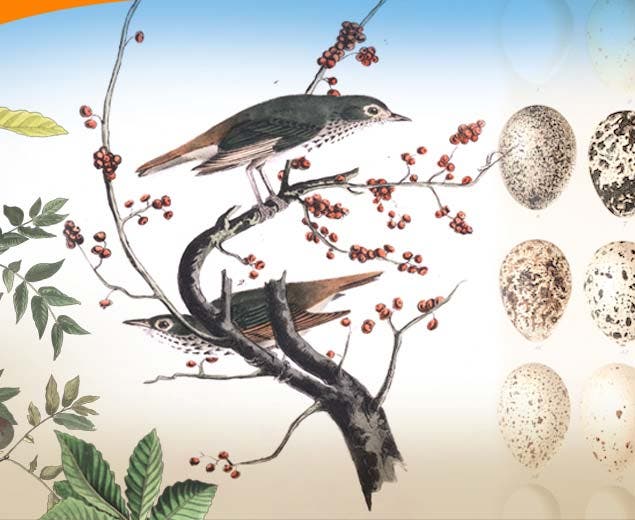Modern Field Guides
Expanding Markets for Field Guides
Roger Tory Peterson published a second edition of his field guide to eastern birds in 1939 and added a guide to western birds in 1941. By the time he completed a third edition to eastern birds in 1947, the competition was catching up. In 1946, Doubleday published the Audubon Land Bird Guide, followed by the Audubon Water Bird Guide in 1951 and the Audubon Western Bird Guide in 1957.

